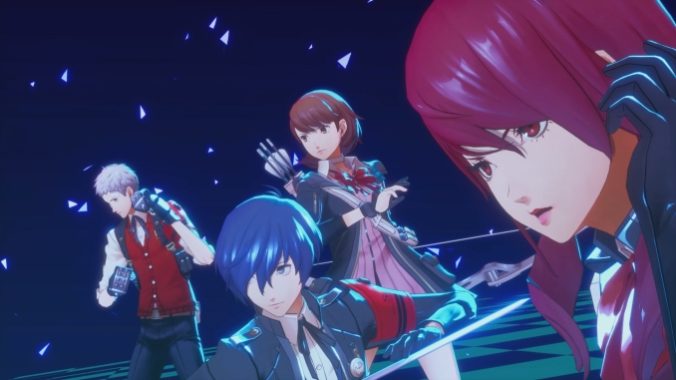Persona 3 Reload‘s Sleek New Vibe Comes At Too High A Price

I have to admit, Persona 3 Reload has been a uniquely difficult game for me to broach in any capacity. Having invested a few hours in Persona 3 Portable many years ago, I’m always playing a bit of catch up every time I’m able to preview it. So despite the fact that countless of my colleagues are refamiliarizing themselves with a world they’ve loved for some time now, and noting the differences between the original article and this dressed up remake, I’m more of a deer caught in the headlights. Despite my inexperience, it hasn’t been hard to pick out the influences that Persona 3‘s successors have asserted over its remake. In the process, the game’s own spirit has kind of been wrested from it. What remains is something ever so slightly more sanitized than the imperfectly jagged edges of Persona 3 that fans likely remember. Something’s undoubtedly been lost in translation, and your mileage of Persona 3 Reload may vary depending on how much you’re able to tolerate that fact.
I was recently given the opportunity to drop into Persona 3 Reload for an hour to do just about whatever I could fit into that time. I did a little bit of everything I could manage getting to. I saw the sights of the town, furthered a social link, dipped into Tartarus, got a handle on some all-new mechanics, and even found the time to study in my dorm. In short, I had a classically Persona experience; not significantly better or worse, but a perfectly neutral time, outside of the aforementioned and uncanny feeling that I was playing something rather than Persona 3.
Though I was encouraged by the plot to dive into Tartarus—more on that in a bit—I took some time first to explore some of the freshly redone overworld of Gekkoukan High School and the surrounding city, Tatsumi Port Island, in Persona 3 Reload. When I played P3P years ago, I didn’t realize the portable version of the game didn’t have a fully 3D overworld like the other titles I’d played in the series. At the time, the revelation shattered my expectations of Persona 3 and before long, I put it down in disappointment and walked away. Naturally, I had to see even a slice of what I’d missed. What I found was deeply familiar, both to my chagrin and delight. Don’t get me wrong, everything seemed present in the version of the game I played and the UI seemed painstakingly modernized—I especially liked the map’s slick train animation as you’re ferried between points of the island—but I felt no real pull to the city, the social links, and the activities available in my short time because I’d more or less seen it done before in other games of the series. It’s well within reason to assume this wrinkle I had with the content could be due to the preview environment and not the game itself though. Being dropped into the midsection of Persona 5 and being let loose for an hour in Shibuya would’ve felt similarly disjointed.